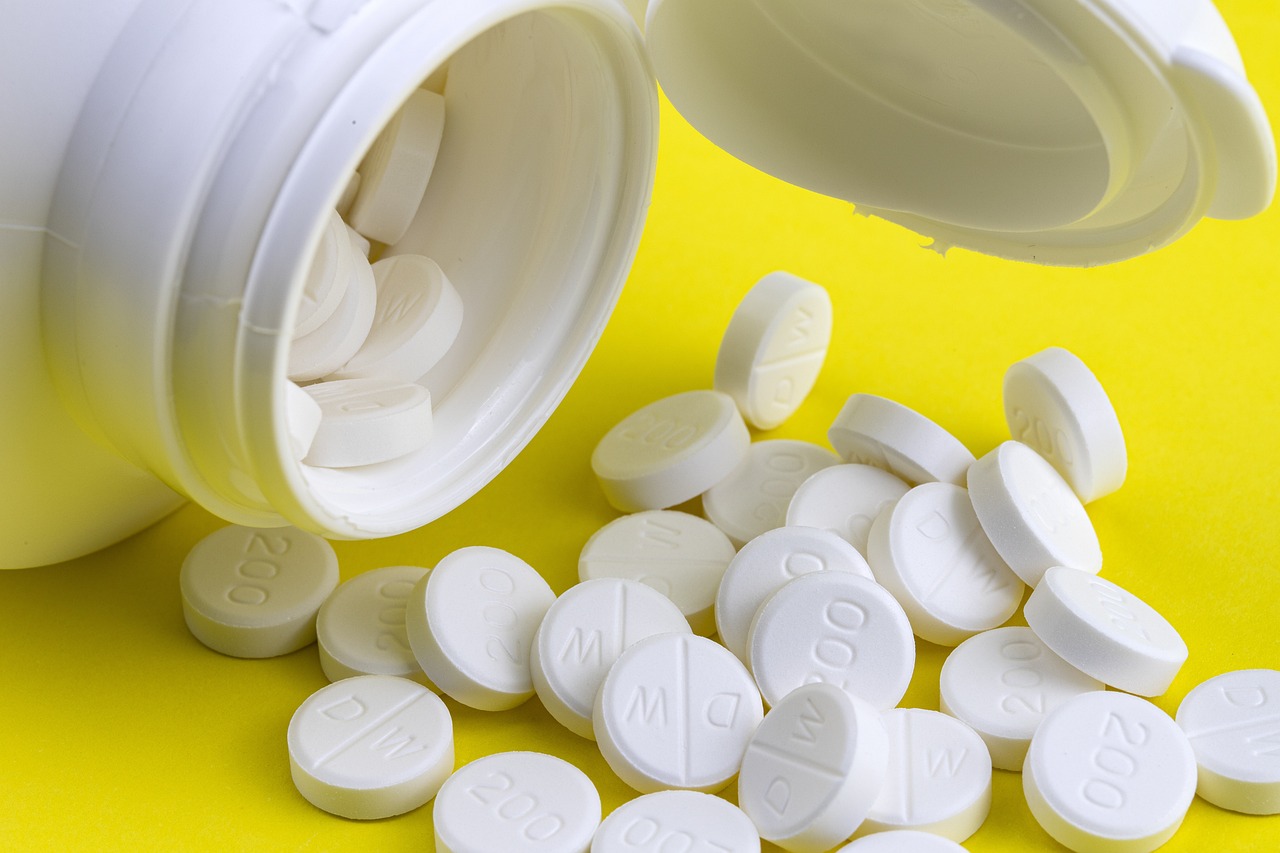Last Updated on: 22nd November 2023, 07:48 am
Prebiotics and Probiotics are pretty big names in the nourishment Industry nowadays. However, although they sound similar, the two play different roles in ensuring good health.
Probiotics are helpful bacteria, and prebiotics is food or nourishment source for these bacteria.
Prebiotic vs Probiotic
What are Probiotics and Prebiotics?
Both prebiotics and probiotics are significant for human health. But they play different roles:
Probiotics are good bacteria that come loaded with tons of benefits. These are live bacteria. They are found in specific food sources only. They can give various medical advantages. For example, Willy’s Probiotic apple cider vinegar contain live mother with many health-related benefits when consumed.
These substances come from carbs (generally fiber) that people can’t process. The good bacteria in your stomach eat this fiber.
The stomach bacteria, or gut bacteria or stomach bacteria, play many significant roles in the body.
Prebiotics are plant-based fiber responsible for encouraging the growth of good bacteria in your body. They are more like fertilizers for your gut health.
Eating the right amount of the two probiotics and prebiotics can help to ensure that you have the right balance of these bacteria to keep your gut microbiota healthy.
Benefits of Gut bacteria:
The good bacteria in your intestinal system help protect you from hurtful microscopic organisms and parasites.
According to a study on microscopic organisms in the stomach, many of these bacteria in your gut can help make your immune system healthy, remove signs of depression, and help reduce weight.
Furthermore, some of your gut bacteria make vitamin K and short-chain unsaturated fats.
Short-chain unsaturated fats are the core supplement ensuring good health of the colon. They make a strong barrier that helps keep out unsafe substances, infections, and microorganisms. This likewise decreases irritation and may lessen the risk of cancer.
How does food influence gut bacteria?
The food you eat plays a significant role in determining whether you eat good or bad gut bacteria.
For instance, high sugar and high fat eating food impacts the stomach bacteria and may add to insulin resistance and different circumstances.
When you routinely eat some unacceptable bacteria, they’re ready to become bigger and colonize all the more effectively, without the growth of harmful bacteria in your body.
Also, when you eat foodstuff treated with pesticides, it might affect your gut health.
Studies have likewise shown that antibodies can cause long-lasting changes in particular sorts of bacteria, particularly when taken during youth and pre-adulthood.
Since anti-toxin use is so far and wide, specialists are currently concentrating on how this might cause medical issues in individuals sometime down the line.
Which food varieties are prebiotic?
Before you go out and purchase costly prebiotic supplements, you need to understand that your traditional food varieties also contain them.
That is because prebiotics is the sorts of fiber found in vegetables, natural products, and vegetables.
People can’t process these sorts of fiber; however, your good gut bacteria can process them.
Food varieties that are high in prebiotic fiber include:
- vegetables, beans, and peas
- oats
- bananas
- berries
- Jerusalem artichokes (not equivalent to standard artichokes)
- asparagus
- dandelion greens
- garlic
- leeks
- onions
Something your good bacteria do with prebiotic fiber is transformed it into a short-chain unsaturated fat called butyrate.
Studies propose that butyrate creation in the colon can’t be kept up with without sufficient admission of prebiotic fiber.
Which food sources are probiotic?
Additionally, numerous probiotic food sources typically contain good bacteria, like yogurt.
A great, plain yogurt with live bacteria can be a fabulous option to your eating routine to add good bacteria.
Fermented food sources are one more incredible choice, as they contain good bacteria that grow with the ordinarily occurring sugar or fiber in the food.
Fermented food varieties include:
- sauerkraut
- kimchi
- fermented tea
- kefir (dairy and non-dairy)
- a few sorts of pickles (unpasteurized)
- other salted vegetables (unpasteurized)
If you eat aged food sources for their probiotic benefits, ensure they’re not sanitized, as this cycle kills the microorganisms.
A portion of those food sources can likewise be considered synbiotic because they contain both good bacteria and a prebiotic source of fiber for the microbes to benefit from.
A few instances of synbiotic food varieties are cheddar, kefir, and sauerkraut.









